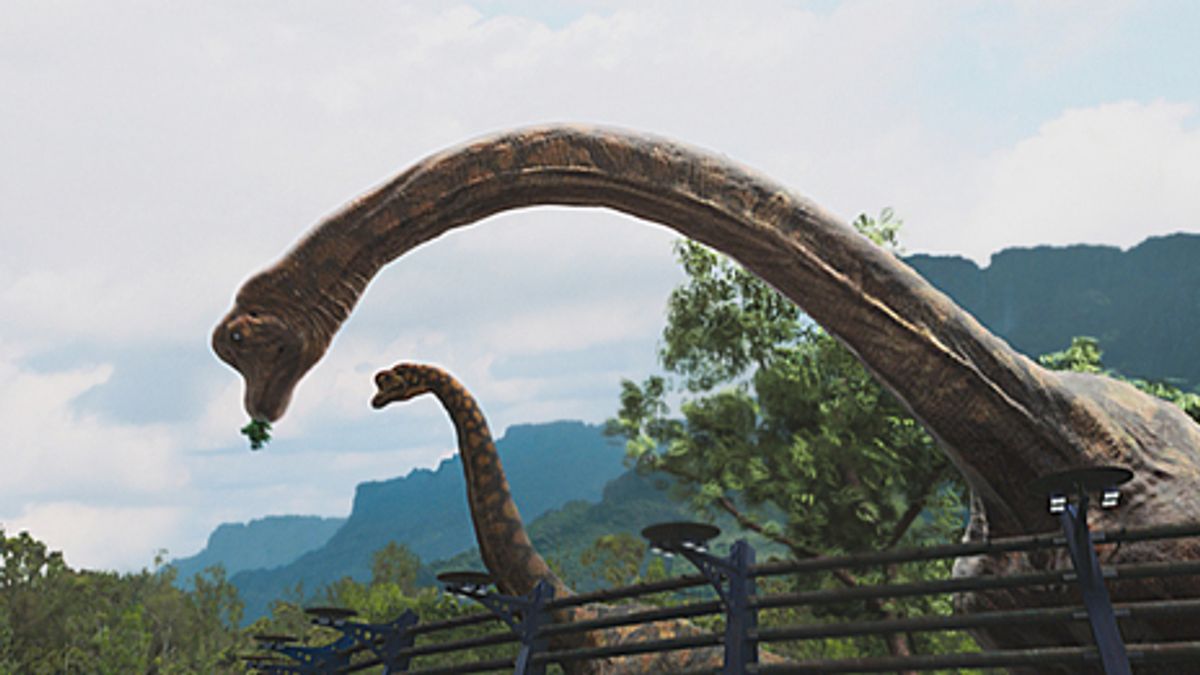Here in the U.S., the new fall TV season is upon us. Amidst the round-up of comedies, procedurals, and retro dramas, two new series feature technology on both sides of the camera.
Person of Interest, a surveillance state drama premiering Sept. 22 on CBS, mines the pros and cons of technology-enabled privacy invasion. In it, a software genius (Michael Emerson) creates pattern recognition software that identifies potential violent crimes, and hires a former CIA agent (Jim Caviezel) to stop it.Creator Jonathan Nolan took the notion of
The show uses a variety of cameras and video techniques to produce a wide range of looks and resolutions – including actual surveillance footage from the Los Angeles Department of Transportation.
Terra Nova, a Steven Spielberg time-travel adventure premiering Sept. 26 on Fox, is the first to produce high-quality CGI (in this case, of dinosaurs) on a TV show's schedule—six weeks of post-production compared to film’s three to six-month period. In it, Avatar’s Stephen Lang leads a colony of settlers from a depleted Earth in 2149 back 85 million years for a civilization do-over.
Blank saved time by running various animation processes concurrently, rather than in a more typical linear pipeline. His team also used more cost-effective software—animating in Maya, rendering in LightWave 3D, compositing in After Effects and Nuke, and creating landscapes with Terragen 2.
When it comes to visual effects, “TV is a more generalist medium, while features are more departmentalized,” says Blank. “TV is a more exciting place to be figuring out how to do something, rather than going through 100 versions of an effect, making sure everyone’s happy.“






